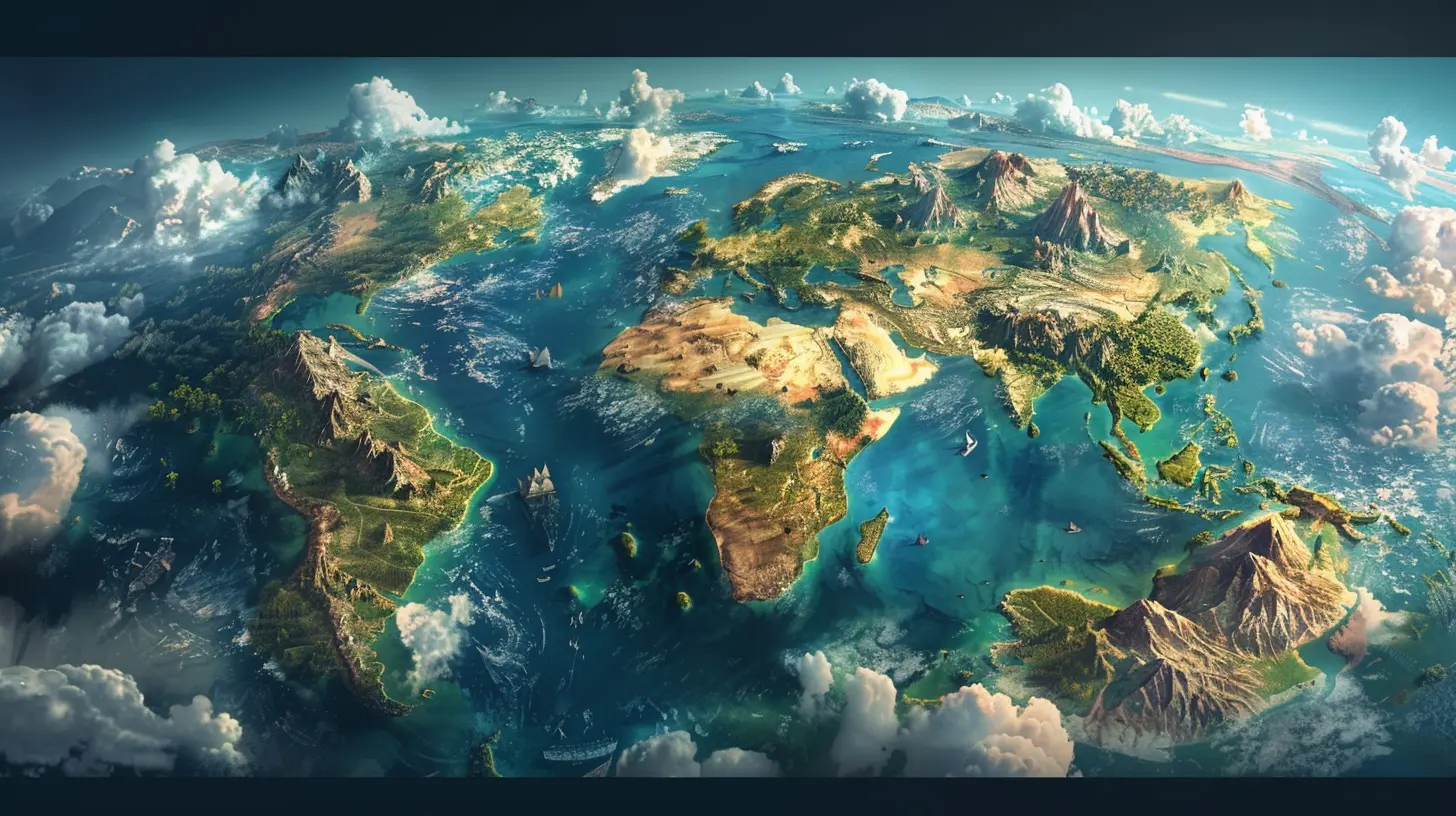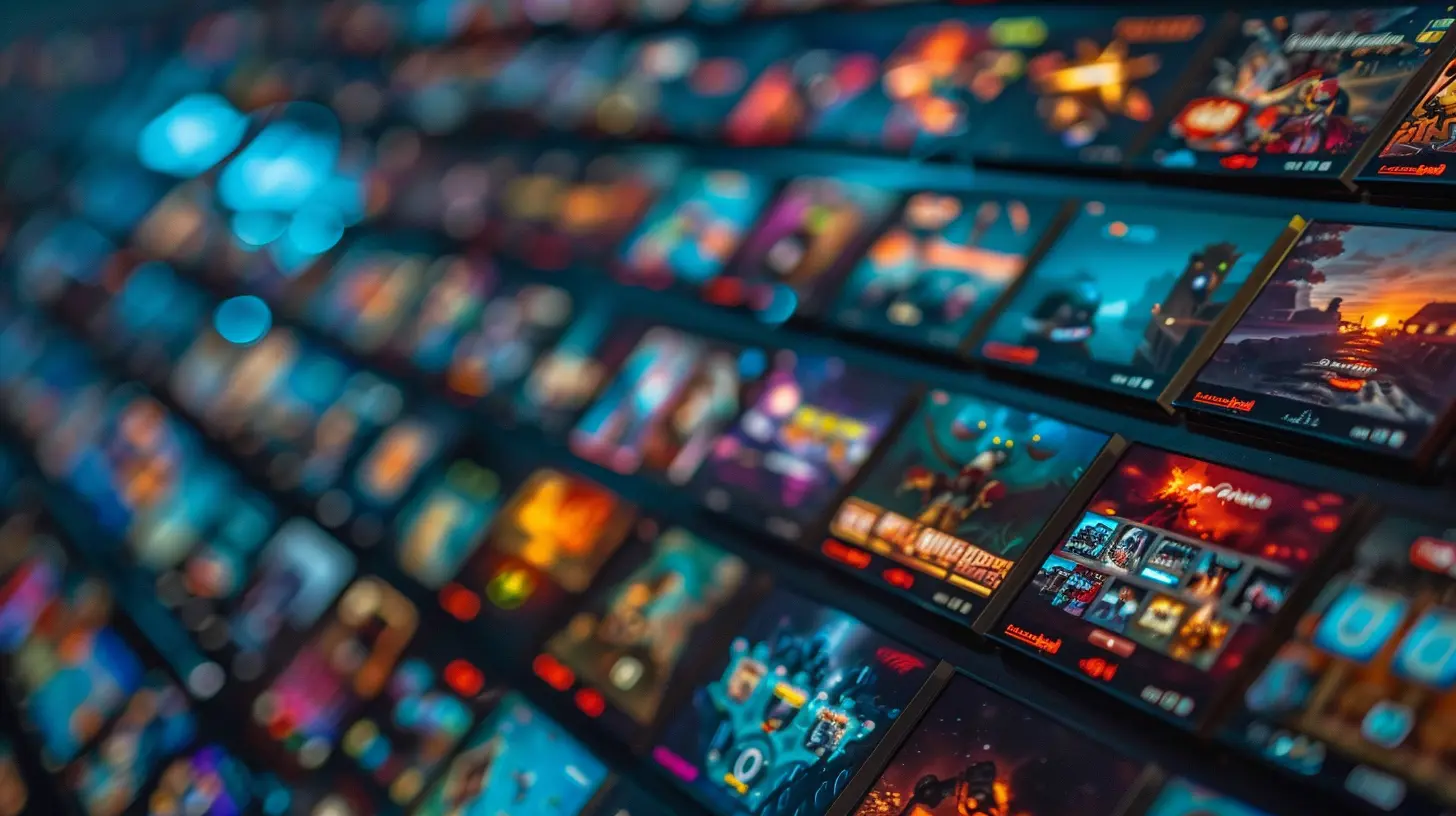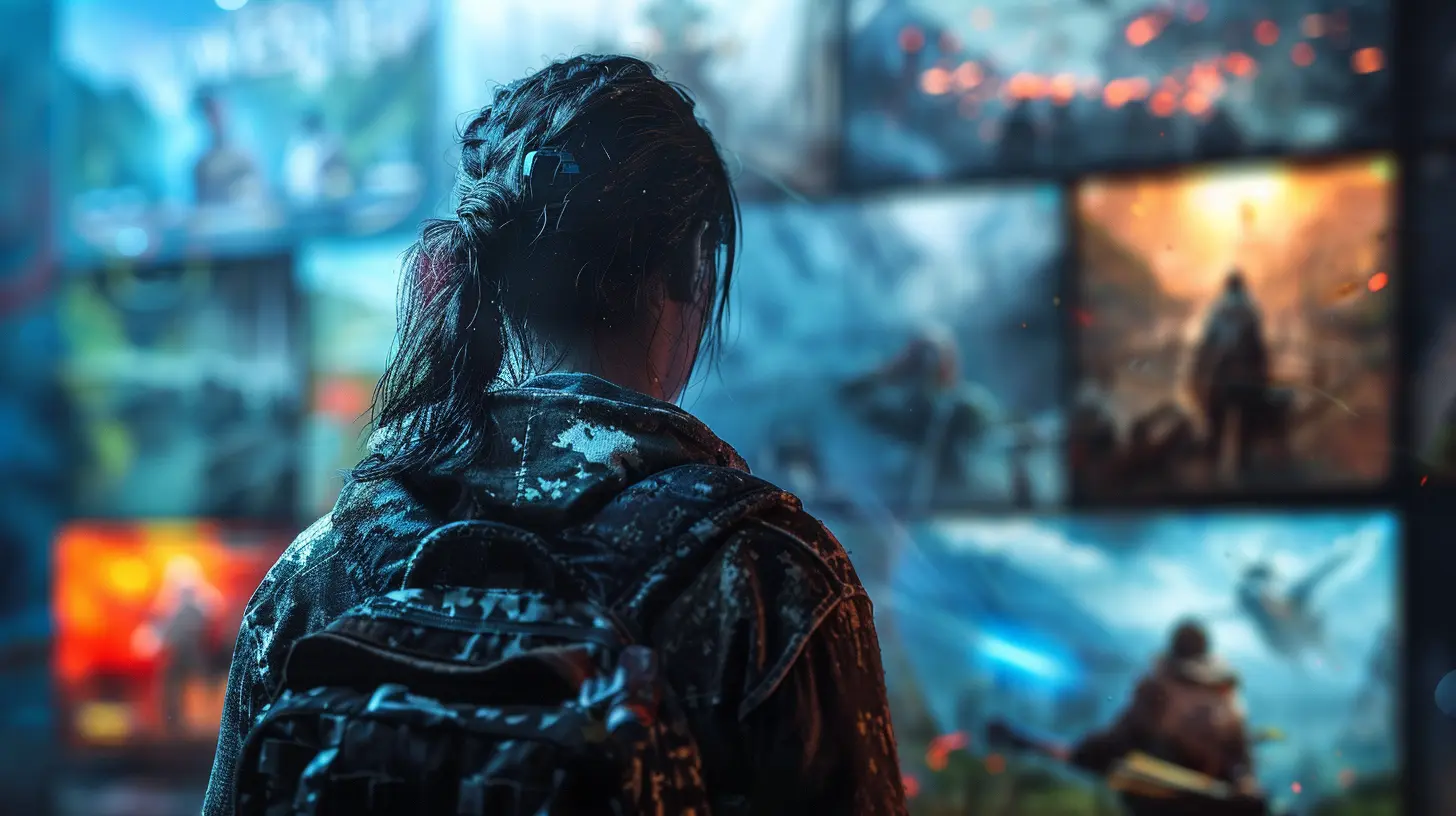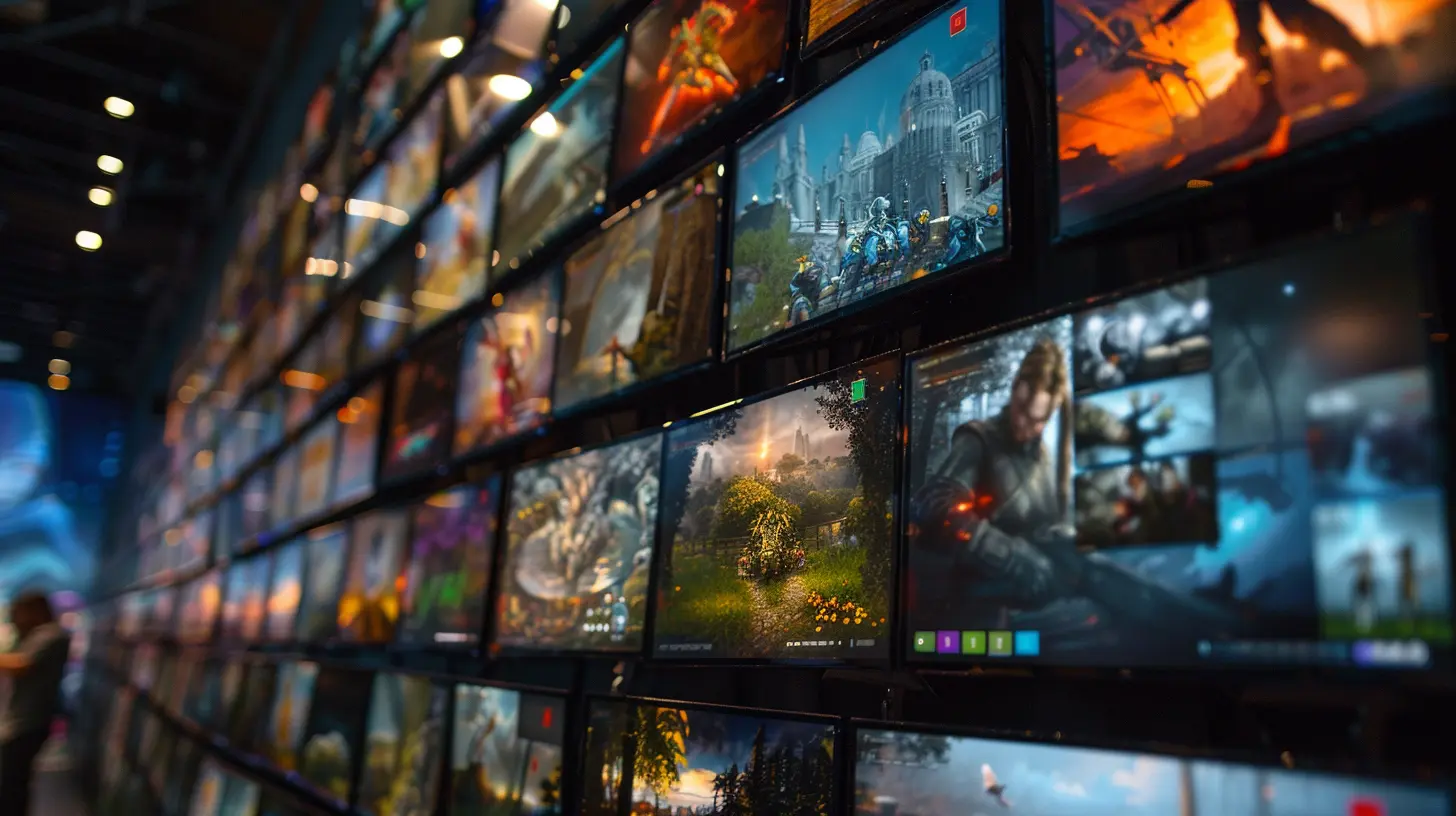Console Game Localization: How Games Change for Different Regions
12 October 2025
Ever wondered why the same video game might feel… different depending on where you play it? Maybe there's an odd change in character names, or suddenly your favorite Japanese ninja is now speaking with a British accent? Welcome to the wild, weird, and often hilarious world of console game localization! 🎮
Game localization is so much more than just translating words from one language to another. It’s an art, a science, and occasionally a circus of cultural acrobatics designed to make sure players from Tokyo to Toronto can enjoy the same game—without scratching their heads or accidentally offending Grandma.
So buckle up, gamer, because we’re diving deep into how game devs go full chameleon to adapt console games for different regions.
What the Heck is Console Game Localization Anyway?
Before we go on this localization rollercoaster, let’s get our basics down.Game localization is the process of adapting a game to suit a different language, culture, and sometimes even legal system. It’s more than slapping Google Translate on menus and calling it a day. It's about everything: voice acting, graphics, slang, jokes, even the game’s dang title.
Think of it like this: You can't just serve sushi to someone who’s expecting pizza. It might still be food, but boy, the surprise is gonna be real.
Why Bother Localizing Console Games?
Money, baby. If a game only sold in one country—say, Japan—that would be like making a killer burger and only offering it in one diner. Developers want their game to reach global audiences, and localization is the ticket to that worldwide buffet.The global gaming market is massive. We're talking billions of dollars. And to be a hit internationally, a game needs to feel native to the player, wherever they are. That means tweaking content to meet expectations, rules, and preferences of each region.
The Nuts and Bolts: What Gets Localized?
Let’s break down what usually goes through the localization blender:1. Language and Text Translation
This one's obvious—but also the trickiest. Translating isn't just about swapping words. Languages are full of idioms, puns, and cultural references. “It’s raining cats and dogs” translated literally into Japanese? Yeah, that’s gonna raise some eyebrows.And don't get me started on jokes. Humor never survives the trip unscathed. Sarcasm, puns, and internet memes? Translators deserve medals for what they pull off.
2. Voice Acting and Lip Sync
When characters talk in games, especially high-budget console titles, their lips move. Matching that mouth movement in another language is like trying to do karaoke in Klingon—impressive, but complicated.Voice actors are carefully cast to match the tone and personality of the character, and sometimes, local versions of characters become more popular than the original.
Case in point: Geralt from The Witcher in the Polish version? Absolute legend.
3. Character Names and Cultural References
You know that one villain named something super spooky in English, like Lord Blackdeath? In German, he might become something like “Lord Schattensturm” which sounds equally metal. But sometimes changes are less cool and more... odd.Remember when Bowser was called “Koopa” in some regions? Or how “Robotnik” became “Eggman”? Yeah, names go on their own international vacations.
Just imagine Mario introducing himself as "Dave" in the UK version. Kinda kills the vibe, right?
4. Graphics and Signs
Text on signs, menus, or in-game items has to be translated, and that means redrawing assets. Ever noticed how in some versions of games, street signs magically change to your local language? That’s the localization team flexing.Some games even change images that might be culturally sensitive. Skeletons might be too spooky in some places, so developers give them a makeover. Think new outfits, less gore, or even entire scenes being swapped out.
5. Legal and Rating Adjustments
Countries have different content restrictions. What’s fine in America might not fly in Germany or China. That means localization might involve censoring blood, changing dialogue, or removing certain scenes entirely.Back in the day, Germany had super strict rules about violent content. So, in some games, Nazis became "generic evil guys" and blood was swapped for green goo. Alien blood? Sure, that's fine. Human blood? Nein danke!
The Regional Remix: Famous Examples of Game Localization
Let’s talk real-world examples, because theory is fun, but awkward translations and changed content? That’s the real entertainment.Pokémon: Rice Balls or Donuts?
Ah yes, the iconic “jelly-filled donut” from Pokémon. If you’re old enough to remember the anime, you might recall Brock chowing down on what he called a donut, even though it very obviously looked like a rice ball. Why? American kids weren’t expected to know what an onigiri was.Localization took one look and said, “Eh, call it a donut. Kids love donuts.”
We all grew up confused, but satisfied.
Final Fantasy: An Identity Crisis in Every Region
The Final Fantasy series has a long history of renumbering and renaming games depending on where they were released. What’s Final Fantasy IV in Japan became Final Fantasy II in the U.S., because the earlier ones hadn’t been released there yet.Confused? So were we.
Yakuza Series: Japan in a Box
The Yakuza games are steeped in Japanese culture, language, and daily life. When localizing for western audiences, the team made a bold move: don’t change a thing.They kept the setting, language, and mini-games (yes, even the karaoke) fully Japanese. And guess what? Western gamers loved it. Sometimes, authenticity wins the day.
Funny Fails in Console Game Localization
No localization article is complete without some classic bloopers. Like these gems:- "All your base are belong to us" – This infamous line from Zero Wing became a meme before memes were a thing. Poor translation, eternal internet glory.
- "You spoony bard!" – From Final Fantasy IV, this insult makes zero sense in English but was kept because... well, it's hilarious.
- Resident Evil – The original English voice acting? Gloriously bad. The localization budget must’ve been spent on herbs and typewriter ribbons.
Localization vs. Censorship: Where’s the Line?
This is where things get spicy.People often confuse localization with censorship. But they're not the same thing. Localization is about making a game accessible and enjoyable for a different audience. Censorship is about removing or altering content due to external pressures—like government laws or company policies.
Sometimes, the line is blurry. A bikini-clad character getting a more modest outfit in the Western release? Is that sensitivity or censorship? Depends who you ask.
Pro tip: Don’t pick this as your debate topic at Thanksgiving dinner.
The Role of Localization Teams: Unsung Heroes
The real magic-makers behind game localization are massive teams of translators, cultural consultants, voice actors, QA testers, and project managers. These folks burn the midnight oil to make sure the game works everywhere from Seoul to São Paulo.And guess what? You probably don’t even notice their work unless they mess up. Which means they did a dang good job.
How Does Localization Affect Game Success?
A lot.A well-localized game can turn a niche Japanese title into a global phenomenon. (Persona 5, anyone?) Meanwhile, a bad localization can tank a game faster than you can say “mistranslation.”
Players want to feel like a game understands them. That it speaks their language—literally and figuratively. So when localization hits the mark, everyone wins. Game sells well, players have fun, and nobody’s left scratching their head at weirdly passionate insults like “you spoony bard.”
The Future of Game Localization
As gaming grows, so does localization. And AI tools like machine translation are starting to pitch in. But let’s be real—bots still aren’t great at sarcasm or dad jokes.So, while technology might help speed things up, human translators aren’t going anywhere. Not until machines can understand the complex emotion behind a perfectly executed pun. (So, probably never.)
Final Words: Same Game, Different Flavor
Think of console game localization like a world tour for your favorite game. It’s still the same core experience, but the flavor might change a bit depending on where you’re playing.Whether it’s a name change, a swapped-out joke, or a complete voiceover makeover, localization ensures that everyone can enjoy video games, no matter where they are.
And that, my friends, is a beautiful thing.
Now go fire up your console and see if you can spot some localization changes yourself. Just… don’t ask why that rice ball looks like a glazed doughnut.
all images in this post were generated using AI tools
Category:
Console GamesAuthor:

Jack McKinstry
Discussion
rate this article
1 comments
Zinnia Ramirez
What a fascinating dive into the vibrant world of game localization! It's amazing how cultural nuances enhance our gaming experiences. Cheers to the creativity that brings our favorite games to life across different regions! 🎮✨
October 18, 2025 at 3:58 AM

Jack McKinstry
Thank you! I'm glad you enjoyed the article. It's incredible how localization enriches our gameplay and connects us across cultures! 🎮✨


